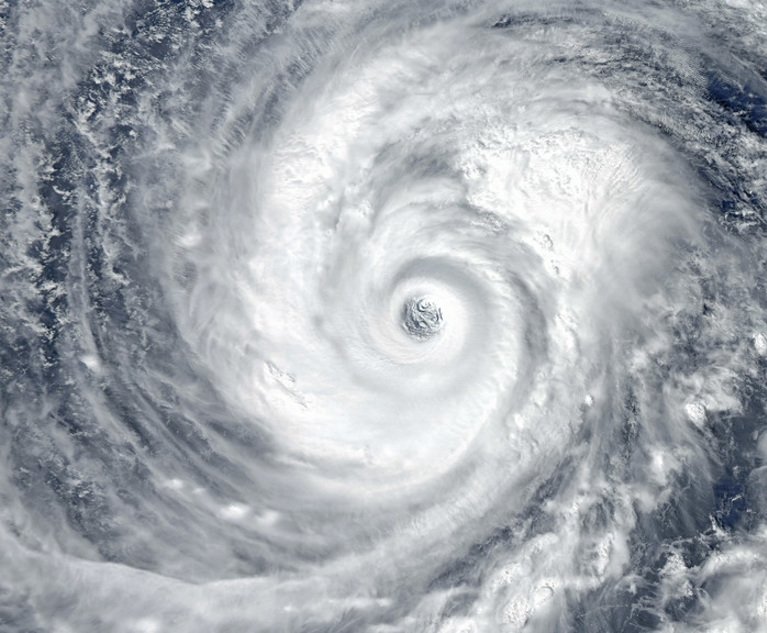 Development is consuming significant acreage in farmland and coastal wetlands that helped to shield urban areas from Gulf waters during hurricanes. (Credit: EvgeniyQW/Adobe Stock)
Development is consuming significant acreage in farmland and coastal wetlands that helped to shield urban areas from Gulf waters during hurricanes. (Credit: EvgeniyQW/Adobe Stock)
Hurricanes provide a window into the potential effects of climate change as it progresses. Steadily increasing atmospheric CO2 helps to warm the air and the oceans, and those rising temperatures provide more potent fuel for developing tropical cyclones. Meanwhile, temperatures are climbing even faster at the poles than at the equator, which recent research links to changes in atmospheric steering currents and potential reductions in vertical wind shear, muting an inhibiting factor for hurricanes.
Recommended For You
Want to continue reading?
Become a Free PropertyCasualty360 Digital Reader
Your access to unlimited PropertyCasualty360 content isn’t changing.
Once you are an ALM digital member, you’ll receive:
- Breaking insurance news and analysis, on-site and via our newsletters and custom alerts
- Weekly Insurance Speak podcast featuring exclusive interviews with industry leaders
- Educational webcasts, white papers, and ebooks from industry thought leaders
- Critical converage of the employee benefits and financial advisory markets on our other ALM sites, BenefitsPRO and ThinkAdvisor
Already have an account? Sign In Now
© 2025 ALM Global, LLC, All Rights Reserved. Request academic re-use from www.copyright.com. All other uses, submit a request to [email protected]. For more information visit Asset & Logo Licensing.





